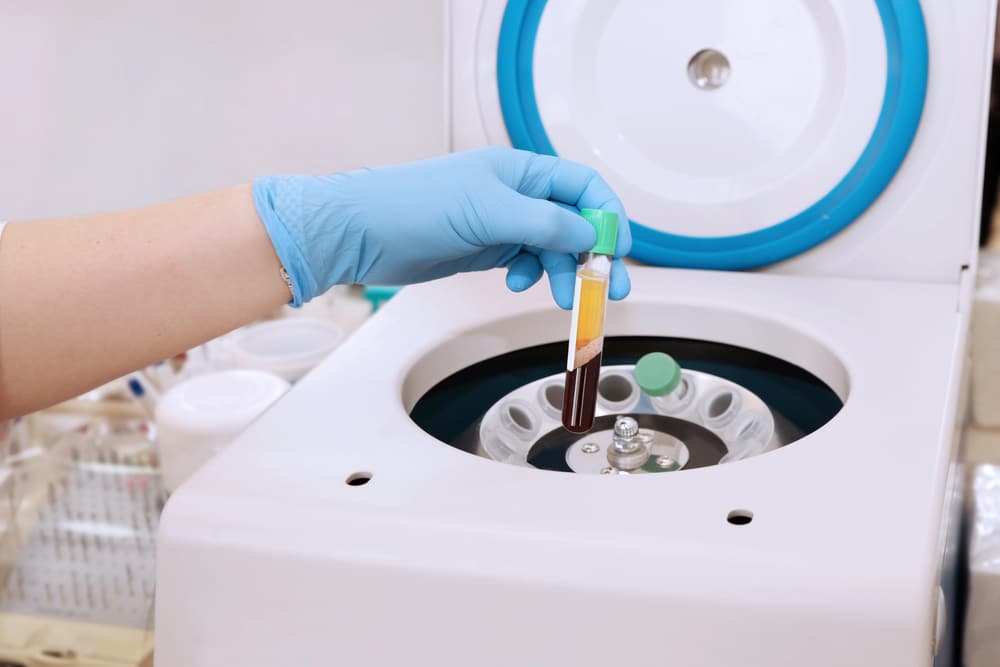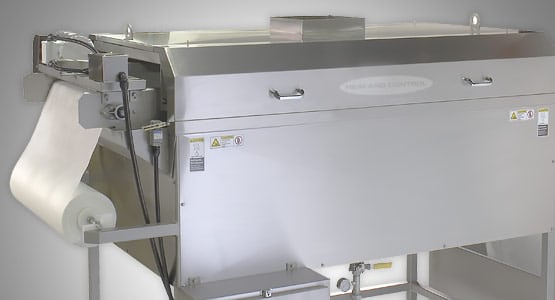In the food and beverage industry, industrial users require filtration solutions for their process water as well as their wastewater. Many considerations come into play when selecting the optimal filtration system. On the process water side, criteria include the impact on business efficiencies in production time, transportation, labor costs, and product loss. The filtration system must also be evaluated for its ability to protect the flavor of the product. In some cases, filtration systems may also be used to remove solids from those products – frequently achieved by utilizing such equipment as bags, cartridges, and centrifuges.
Industrial process water serves many different markets, each with its own set of challenges. In the California Central Valley, for example, producers as well as processors struggle with high solids loading in both their process and wastewater applications. Both regulation and standard process procedures require high solids removal from their process streams. Rotary screens can fail to meet regulation standards as well as remove the required number of solids to avoid fouling downstream equipment. Automatic self-cleaning filters can help both producers and processors bridge this gap in the process line.
Management of high levels of solids in wastewater is an ongoing challenge for many food and beverage producers, who are increasingly putting in place water reuse and recycling programs. Treatment of wastewaters can be challenging given that wastewater is generated by all areas of food processing, including dehydrating, washing, peeling, blanching, sorting, and sanitizing. In wastewater management, dewatering is important, and the system must also be able to filter out impurities to meet regulatory standards. Concentrating solids in the wastewater stream also benefits industrial users by lowering disposal and regulatory fees.
A food and beverage producer may consider the process to be more separation than filtration. Recovered solids are not necessarily waste product; in some cases, they may become a nutrient-rich byproduct that can be sold to create an ancillary revenue stream.
It is a common misconception that businesses can satisfy their total filtration needs with a single piece of equipment. The truth is that most industrial water applications require a complex set of filtration steps to achieve the desired result, whether that result is total biological oxygen demand (BOD) reduction, total suspended solids (TSS) removal, clarification, or simply nozzle protection.
The array of filtration solutions starts with primary filters, such as a rotary drum. These are effective in removal of large solids, but problems can arise when a large number of finer particles pass through the drum filter and into a secondary filter such as a dissolved air flotation (DAF) or clarifier system. To ensure continuous flow, the food and beverage manufacturer must typically invest in costly precautionary measures to prevent the system from being affected by an overload of solids.
Initial solids isolation becomes a crucial step towards making sure downstream efforts are not overextended to compensate for high solids loading that remains in the system. Traditional solutions include centrifuges, which are expensive pieces of machinery and often require constant maintenance; and bags, cartridges and media filters that result in equipment redundancy, large footprints, expensive human resources, and an unfavorable environmental impact.
Until recently, automatic self-cleaning filters had proven unable to handle high solids loading or fats, oils and greases for an extended period of time without blinding off. However, new technology such as Spiral Water’s self-cleaning filter solves this problem by immediately isolating high solids in a concentration chamber, which allows flow rates to be maintained throughout the filtration process.
 |
| By installing the automatic self-cleaning filter after the drum screen, a raisin manufacturer’s TSS levels dropped by 61 percent and BOD by 48 percent in the first month of operation. |
A case in point is a raisin manufacturing company in the Central Valley of California that dehydrates and packages its product, in turn creating a high solids wastewater stream that can’t be reused.
The company was using a treatment system for its wastewater sump, which includes a shaker bed and drum screen, before discharging the water to the local treatment plant. Publicly-owned treatment facilities are typically equipped to receive food-processing wastewater with BOD values no greater than 250 to 300 mg/L, well below the company’s regular output.
The treatment facility operators contacted the company and requested lower TSS and BOD in its wastewater. The company had tried solutions ranging from filter screens to a reverse osmosis (RO) system. Traditional automatic filters had plugged up, and MF/UF/RO systems were too expensive to operate. Marginal improvements came with the implementation of a food processing shaker bed with a 5-mm mesh to remove the coarse solids, followed by a rotary drum screen with a 250-micron mesh to remove finer solids. However, the drum screen failed to provide the necessary TSS reductions.
Spiral Water Technologies assessed the situation at the raisin manufacturing company in the summer of 2016, and recommended installing its 25-micron automatic self-cleaning filter to follow the drum screen. Combined with a simple dewatering sack, the filter concentrates solids up to 5 percent by weight and can produce dewatered solids for fertilizer or landfill.
 |
| Combined with a simple dewatering sack, the filter concentrates solids up to 5 percent by weight and can produce dewatered solids for fertilizer or landfill. |
In the first month of the filter’s operation, TSS levels dropped by 61 percent and BOD by 48 percent from the previous five months of operation.
Summary
Food processing is a water-intensive industry, and wastewater treatment facilities are being overtaxed. Food processing companies can decrease the cost of off-site treatment by capturing, dewatering and drying their waste on site. This technology demonstrated that effective BOD and TSS reductions are possible through the use of fine filtration.









